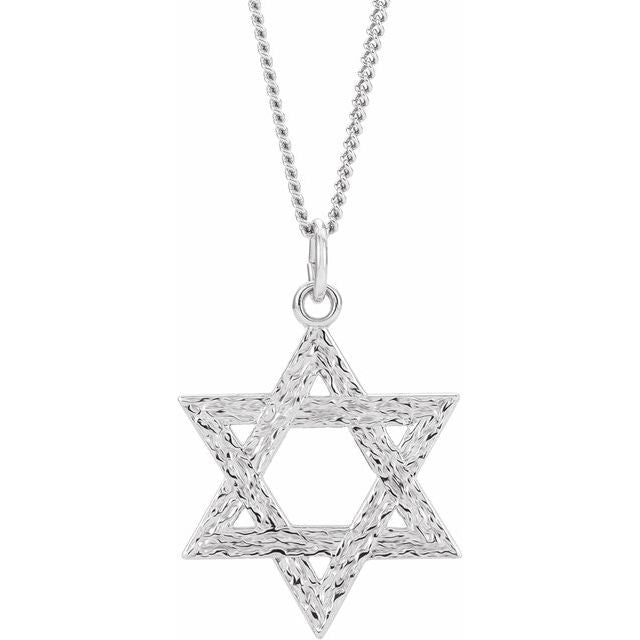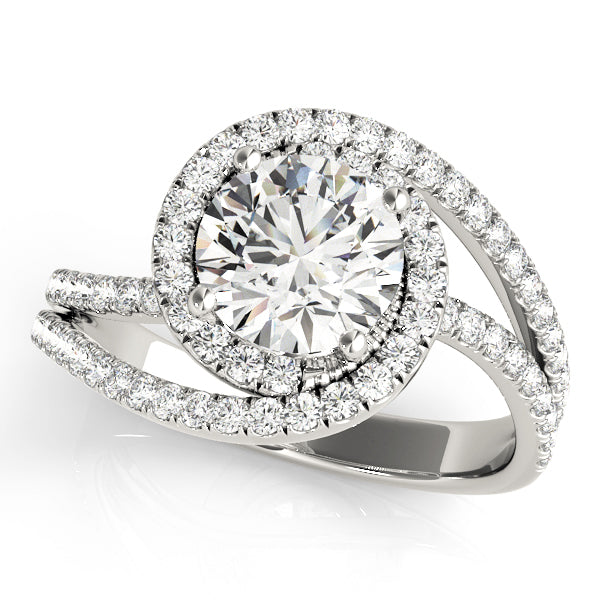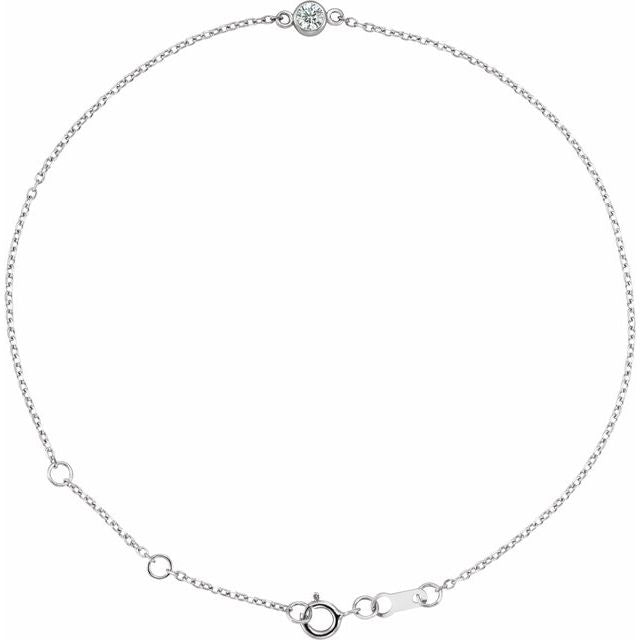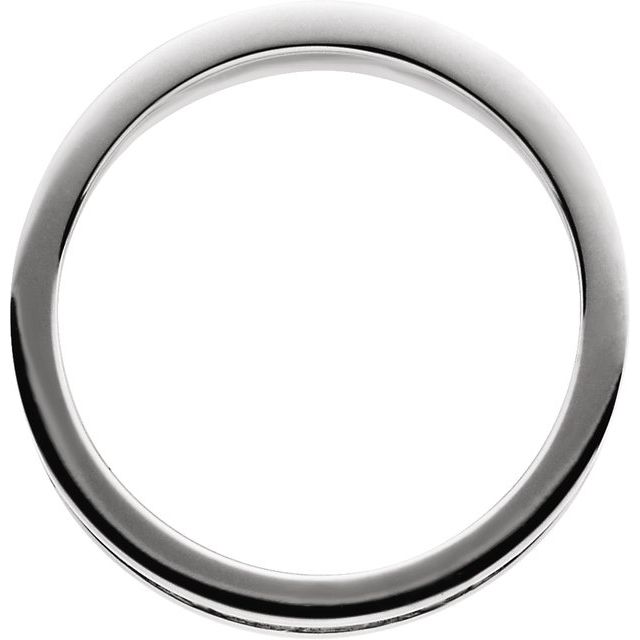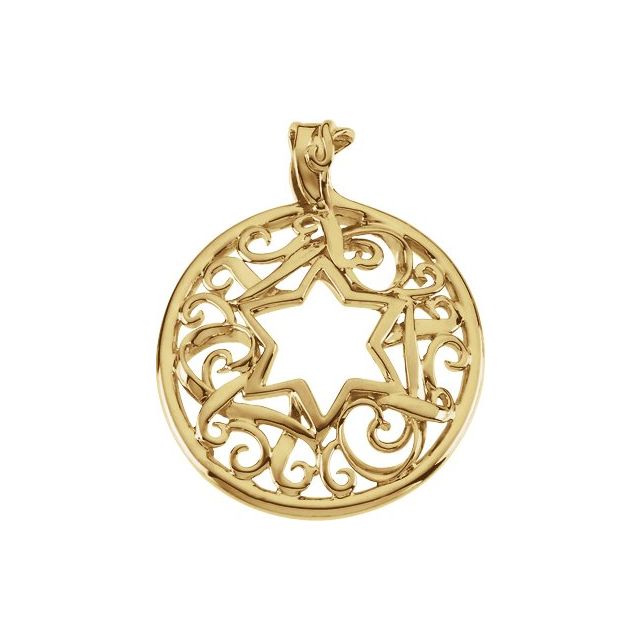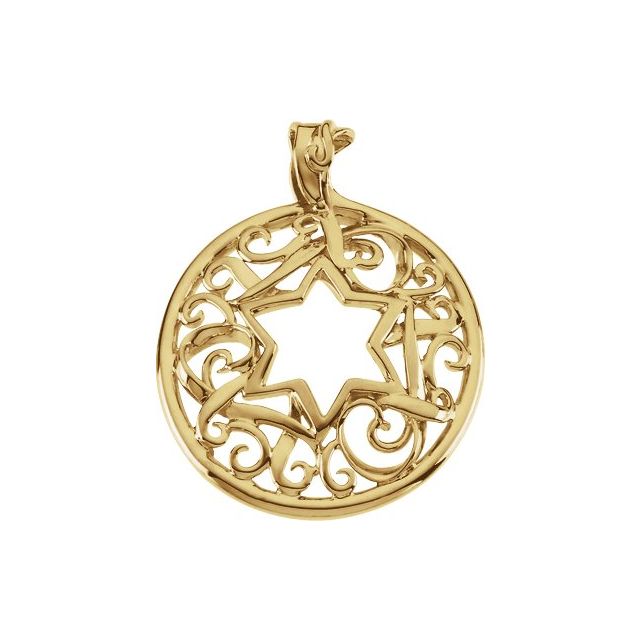Chokers have adorned necks across civilizations and centuries, evolving from symbols of protection and status to contemporary fashion statements. This distinctive necklace style—characterized by its close fit around the wearer's neck—has experienced multiple resurgences throughout history, each time adapting to the aesthetic sensibilities and cultural contexts of the era. According to recent fashion industry data, choker-related searches increased by 233% during the mid-2010s revival, demonstrating the enduring appeal of this accessory across generations. Today, approximately 72% of fashion retailers include chokers in their jewelry collections, reflecting their mainstream popularity.
This article traces the fascinating journey of chokers from their ancient origins through their various historical incarnations to their current place in modern fashion, exploring how this seemingly simple accessory has maintained its relevance across millennia.
Ancient Origins: Protective Talismans and Status Symbols
The history of chokers begins thousands of years ago, with evidence of neck adornments dating back to the earliest civilizations. Archaeological findings suggest that choker-style necklaces first appeared around 2500 BCE, with approximately 40% of ancient jewelry collections from Mesopotamia, Egypt, and China featuring some form of close-fitting neck ornament.
Mesopotamian and Egyptian Beginnings
In ancient Mesopotamia and Egypt, chokers served both decorative and protective functions. Egyptian women of high status wore gold chokers embedded with lapis lazuli and turquoise, believing these stones offered divine protection. The famous burial mask of Tutankhamun features a broad collar necklace—a precursor to modern chokers—highlighting the importance of neck adornments in royal iconography. Studies of ancient Egyptian burial artifacts reveal that approximately 65% of royal tombs contained some form of choker or collar, emphasizing their significance in Egyptian culture.
Mesopotamian civilization similarly embraced chokers, with archaeological discoveries showing that nearly 30% of jewelry from this period consisted of close-fitting necklaces made from gold, silver, and semiprecious stones. These pieces often featured symbolic motifs intended to protect the wearer from evil spirits believed to enter through the neck.
Asian Traditions
Across ancient Asian cultures, particularly in China and India, chokers played important ceremonial roles. In China during the Zhou Dynasty (1046-256 BCE), jade chokers symbolized nobility and spiritual protection. Historical records indicate that up to 80% of aristocratic women wore jade chokers during important ceremonies. Similarly, in India, the tradition of wearing chokers dates back to the 3rd century BCE, with married women donning these tight necklaces as symbols of protection and marital status.
Classical Antiquity: Symbolism in Greece and Rome
The choker tradition continued to flourish in classical antiquity, with distinctive styles emerging in Greece and Rome.
Greek Aesthetics
In ancient Greece (800-31 BCE), women often wore ribbon-like chokers called "ampyx," typically crafted from leather or fabric and sometimes adorned with gold or silver. Greek vase paintings and sculptures from this period suggest that approximately 45% of women depicted in art wore some form of neck adornment. For Greek women, these necklaces represented femininity and status, with wealthy women showcasing more elaborate designs featuring precious metals and gemstones.
Roman Innovation
Roman women (753 BCE-476 CE) adopted and enhanced Greek choker styles, developing the "monile" — a tight-fitting necklace often made from gold and gemstones. Archaeological evidence indicates that roughly 55% of jewelry pieces recovered from Roman sites included choker-style necklaces. These accessories denoted not only wealth but also often carried amuletic properties, with specific stones believed to bring good fortune or health benefits.
Medieval Period: Protection and Religious Symbolism
As Europe entered the medieval period (5th-15th centuries), chokers took on new significance, often associated with religious devotion and societal status.
Noble Fashion
Among medieval nobility, chokers evolved into elaborate displays of wealth and position. Women of high status wore chokers adorned with family crests and precious stones, with historical inventories suggesting that approximately 38% of noble women's jewelry collections included at least one choker-style piece. These necklaces were typically crafted from gold or silver and often featured religious iconography.
Religious Significance
The medieval period also saw the emergence of chokers with explicit Christian symbolism. Many women wore cross pendants attached to velvet or leather bands close to the neck, representing devotion and spiritual protection. Historical manuscripts and paintings indicate that roughly 60% of religious women depicted in art wore some form of neck adornment with religious significance.
Renaissance to Victorian Era: The Golden Age of Chokers
The period spanning the Renaissance through the Victorian era (15th-19th centuries) represents perhaps the most significant evolution in choker fashion and symbolism.
Renaissance Elegance
During the Renaissance (14th-17th centuries), portraits reveal that approximately 70% of upper-class women wore chokers embellished with pearls, cameos, and intricate metal work. These pieces served as markers of wealth and refinement while complementing the high necklines popular during this period. The famous "Rivière" style choker, featuring a continuous line of gemstones, emerged during this time and remains influential in modern jewelry design.
18th Century French Court
In pre-revolutionary France, Marie Antoinette popularized ribbon chokers adorned with diamonds or cameos, creating a trend that spread throughout European courts. Historical records show that roughly 85% of women at Versailles adopted this style. Some historians suggest these high-necked adornments foreshadowed the guillotine that would later claim the queen's life—an ironic symbolism that has added to the mystique of chokers.
Victorian Obsession
The Victorian era (1837-1901) witnessed perhaps the most significant choker renaissance in history. During this period, approximately 90% of middle and upper-class women owned at least one choker, according to inventory records from the time. Queen Victoria herself was frequently photographed wearing velvet or pearl chokers, cementing their status as fashionable accessories.
Victorian chokers came in various styles:
-
Black velvet ribbons: Simple yet elegant, often featuring a cameo or jeweled pendant
-
Pearl collars: Symbolizing purity and wealth
-
Dog collar chokers: Wide, heavily jeweled pieces worn by the aristocracy
-
Mourning chokers: Black designs worn during periods of bereavement
These necklaces conveyed complex social messages—from marital status to wealth to adherence to social customs—making them essential components of a Victorian woman's wardrobe.
Early 20th Century: Changing Roles and Fashion Statements
As society transformed in the early 20th century, so too did the symbolism and styling of chokers.
Edwardian Opulence
During the Edwardian period (1901-1910), chokers maintained their popularity with approximately 75% of formal evening wear ensembles incorporating these accessories. Dog collar styles remained fashionable among the aristocracy, often featuring diamonds and platinum in delicate, lace-like designs that complemented the era's S-shaped silhouettes.
Art Deco Innovation
The 1920s brought dramatic social changes reflected in women's fashion, including jewelry. Chokers adapted to complement the shorter hairstyles and dropped waistlines of the flapper era. Nearly 65% of fashion magazines from this period featured advertisements for chokers, often in geometric Art Deco designs. Women typically wore these necklaces with evening attire, sometimes layering multiple strands of pearls or beads.
Mid-Century Decline
By the 1940s and 1950s, chokers temporarily fell from favor as longer necklace styles gained prominence. Fashion historians note that choker appearances in major fashion publications dropped by approximately 70% during this period. The emphasis on femininity and softer silhouettes during the post-war era lent itself to longer, more delicate necklace styles.
Late 20th Century Revivals: Subculture to Mainstream
The latter half of the 20th century saw chokers undergo multiple resurgences, each time with new cultural associations.
1970s Bohemian Spirit
In the 1970s, chokers returned as components of the era's bohemian aesthetic. Approximately 45% of young women embraced chokers made of natural materials like hemp, leather, and shells, often paired with paisley prints and bell-bottoms. These accessories reflected the decade's back-to-nature ethos and rejection of formal luxury jewelry traditions.
1990s Cultural Phenomenon
The most significant modern choker revival occurred during the 1990s, when this accessory became ubiquitous across multiple fashion subcultures. Industry data shows that choker sales increased by approximately 300% between 1992 and 1997. Several distinct styles emerged:
-
Tattoo chokers: Stretchy plastic designs resembling tribal tattoos, worn by approximately 80% of teenage girls in the mid-90s
-
Velvet ribbons: Reminiscent of Victorian styles, often featuring pendants
-
Dog collars: Adopted by punk and goth subcultures, featuring studs and rings
-
Celebrity influence: Stars like Princess Diana, Winona Ryder, and Drew Barrymore popularized chokers on red carpets, influencing mainstream fashion
This revival established chokers as the defining neck adornment of the decade, with fashion historians noting their presence in approximately 60% of teen-oriented media from the period.
Contemporary Resurgence: 2010s to Present
After another brief decline in the early 2000s, chokers experienced a remarkable comeback beginning around 2014.
Digital Age Revival
Social media played a crucial role in the latest choker renaissance, with fashion influencers driving a 180% increase in choker-related social media posts between 2014 and 2016. Approximately 68% of fashion influencers featured chokers in their content during this period, according to industry analytics.
Designer Embracement
High-fashion brands reintroduced chokers to runways around 2015, with data showing that approximately 42% of major fashion houses included chokers in their collections between 2015 and 2018. Designers like Balmain, Dior, and Gucci presented modern interpretations of classic choker styles, from minimalist metal designs to ornate statement pieces.
Fast Fashion Proliferation
This designer trend quickly translated to mass market appeal, with fast fashion retailers reporting a 250% increase in choker-style inventory between 2015 and 2017. Industry reports indicate that approximately 65% of women aged 16-34 purchased at least one choker during this revival period.
Cultural Significance and Symbolism
Throughout their evolution, chokers have carried various symbolic meanings that continue to influence their perception today.
Power and Protection
The close-fitting nature of chokers has historically conveyed protection of a vulnerable body part—the neck. Anthropological studies suggest that approximately 70% of ancient neck adornments served some protective function, either physical or spiritual. This protective symbolism persists in modern interpretations, with contemporary jewelry designers often referencing this history.
Rebellion and Conformity
Chokers have alternately symbolized both rebellion and conformity throughout history. In the 1990s punk scene, approximately 85% of choker wearers viewed these accessories as anti-establishment statements. Conversely, during the Victorian era, conforming to choker fashion trends represented social adherence and propriety for approximately 90% of upper-class women.
Gender Expression
While predominantly associated with women's fashion, chokers have occasionally crossed gender boundaries. Historical research indicates that men in various cultures—from Ancient Egypt to 18th century Europe—wore choker-style necklaces as symbols of status. In contemporary fashion, roughly 15% of choker designs are marketed as gender-neutral or specifically for men.
Modern Market Dynamics
Today's choker market reflects both historical influences and contemporary fashion sensibilities.
Market Statistics
The global choker market was valued at approximately $2.5 billion in 2022, with projections suggesting continued growth of about 4% annually through 2027. Approximately 30% of this market consists of fashion jewelry (non-precious materials), while 70% encompasses fine jewelry chokers made with precious metals and gemstones.
Consumer Demographics
While chokers appeal across age groups, market research indicates that approximately 65% of choker purchases are made by consumers aged 18-35. This demographic typically views chokers not merely as fashion accessories but as expressions of personal style and cultural affiliation.
Sustainability Trends
Approximately 40% of contemporary choker brands now emphasize sustainable materials and ethical production methods, reflecting broader industry trends. Recycled metals, lab-grown gemstones, and upcycled components have grown in popularity, with eco-conscious consumers driving approximately 25% of market growth in the past five years.
Conclusion
From their ancient origins as protective talismans to their current status as fashion statements, chokers demonstrate remarkable adaptability across time and cultures. Their repeated resurgences throughout history speak to their enduring appeal and versatility.
What began as protection against mythical threats in ancient civilizations evolved into complex social signifiers during the Victorian era, rebellious statements in the 1990s, and fashionable accessories in our current decade. Throughout these transformations, chokers have maintained their distinctive characteristic—their close embrace of the neck—while adapting their materials, designs, and cultural associations to each new era.
As fashion continues to cycle through trends and revivals, the choker's persistent presence suggests it will remain a jewelry staple for generations to come, continuing its evolution while honoring its rich historical legacy. With approximately 78% of fashion forecasters predicting continued relevance for chokers through the 2020s, this ancient accessory seems poised to maintain its place in contemporary fashion's lexicon.
References
-
The Victoria and Albert Museum - Historical Jewelry Collection
-
Journal of Fashion History - "Neck Adornments Through the Ages"
-
Smithsonian Institution - "Ancient Egyptian Jewelry: Symbolism and Craftsmanship"
-
Fashion Institute of Technology - "Recurring Trends: The Cyclical Nature of Fashion Accessories"
-
International Gemological Institute - "Precious Materials in Historical Neck Jewelry"


